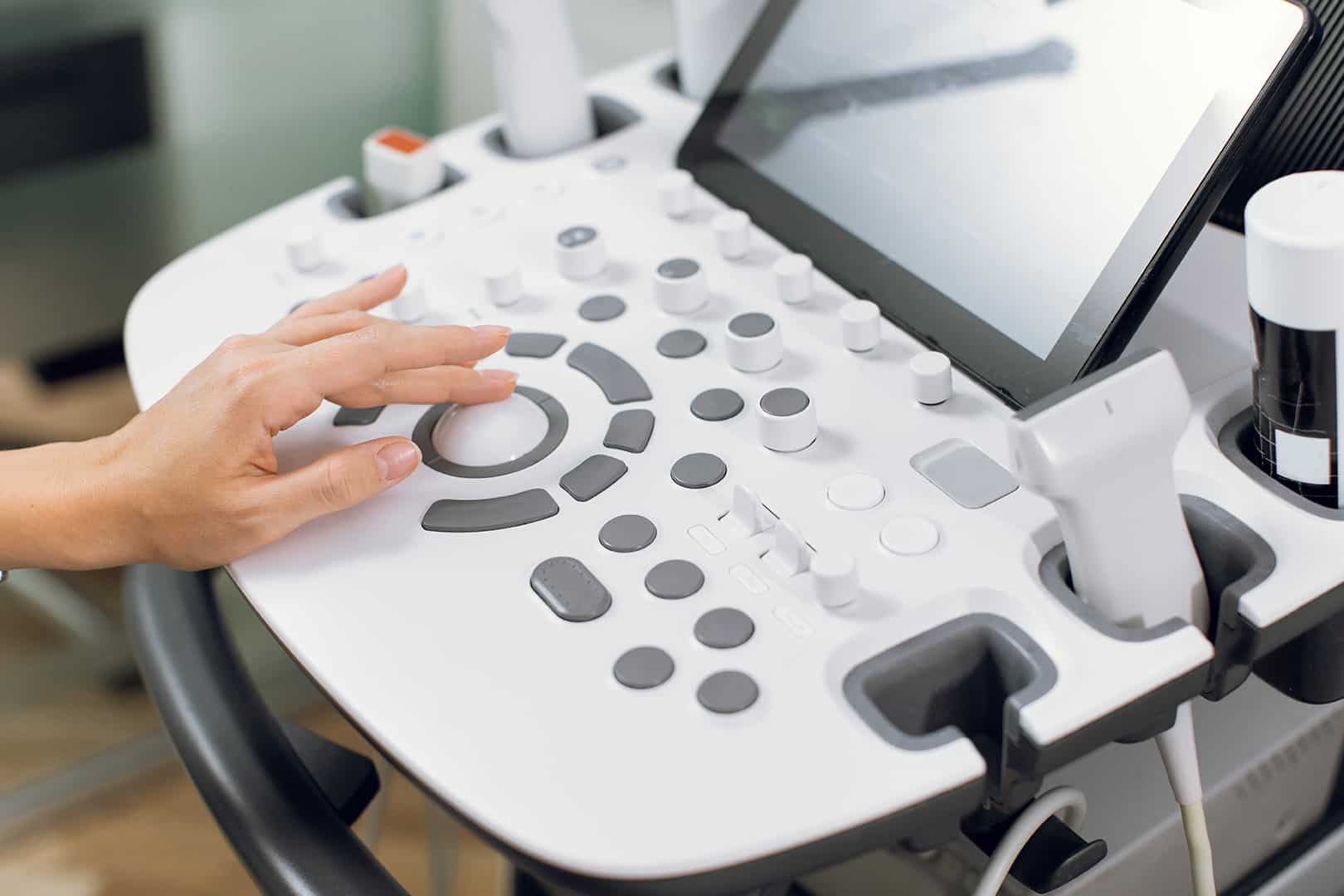From the very start of your journey to your pregnancy and beyond, our obstetric services offer a comprehensive approach. We’re here not only as guides but as a resource hub, providing support from our fully staffed and well-informed team of super-smart providers. Your experience is our priority, and we’re committed to being there for you every step of the way.
From the very start of your journey to your pregnancy and beyond, our obstetric services offer a comprehensive approach. We’re here not only as guides but as a resource hub, providing support from our fully staffed and well-informed team of super-smart providers. Your experience is our priority, and we’re committed to being there for you every step of the way.
From the very start of your journey to your pregnancy and beyond, our obstetric services offer a comprehensive approach. We’re here not only as guides but as a resource hub, providing support from our fully staffed and well-informed team of super-smart providers. Your experience is our priority, and we’re committed to being there for you every step of the way.

We’ve been at this since 1968, tens of thousands of babies later, our commitment to excellent care is stronger than ever. Your journey is in experienced hands.
Experience peace of mind with our collaborative care during the twists of pregnancy, supported by high-risk pregnancy experts.
We’re a team of certified full-time physicians and midwives, each dedicated to Obstetrics and Gynecology, providing not just care but expertise.
Going beyond delivering babies, we’re pioneers in research studies, granting you access to the latest in new drug therapies and treatments.

While gynecology covers women’s reproductive health over a lifetime, Obstetrics specifically relates to the care and treatment of pregnant women. Obstetricians additionally specialize in gynecology and provide care to women throughout their lives. While a woman is pregnant, the obstetrician performs certain services including:
Most women are advised to see their doctor every month for the first seven months, then biweekly for the next eight weeks, and then weekly until the baby is born. Women at higher risk for health complications are seen more often. High-risk pregnancies occur when the health of the mother or baby is compromised and could result in injury or death to mother or child. Some of the conditions that cause high-risk pregnancies include:
The prenatal evaluation includes several health checks such as blood work, obtaining weight and blood pressure, and collecting urine samples. As the pregnancy progresses, Once the exam is complete, expectant mothers will receive advice on what to expect during the few weeks until their following appointment. Ob/Gyn Specialists encourage their patients to make use of these visits to foster a partnership with the doctors for the benefit of both their health and the health of the newborn child. Pregnancy is a journey that we are honored to guide our patients through and we are always willing to answer questions, explain the bodily changes experienced, and to provide information about the developing baby.
An ultrasound is a noninvasive and safe method to take an internal image of the body and is frequently used to view a developing fetus. The ultrasound utilizes sound waves transmitted through a small wand known as a transducer. The transducer translates the sound waves collected and creates an image on a computer screen. Ultrasound images are able to be seen in real-time and can help monitor the structure and movement of internal organs and blood activity.
An ultrasound helps the doctor to diagnose any issues with a fetus as well as monitor the development of the fetus. Ultrasounds provide detailed 3D and 4D images and can be utilized to discover the sex of their child. Additionally, Ultrasounds can also be used to:
After providing a gel that creates lubrication and magnifies the sound waves of the ultrasound, the provider will rub the transducer wand across the abdomen. The sound waves produced bounce off bones and tissue inside the body. These echoes are recorded by the transducer to generate images of the uterus for the doctor.
Ultrasounds are noninvasive and typically do not have any side effects. Patients should wear loose and comfortable clothing and may be asked to drink several glasses of water before the screening. The exam is carried out at the doctor’s office or clinical setting. This procedure takes place in about thirty minutes.
A cesarean section, or a C-section, is a surgical procedure used to deliver a baby when a vaginal birth is not available. The procedure cuts through the abdomen into the uterus of the mother to remove the baby. It is often used in emergency circumstances or when the mother has already had a C-Section and is no longer able to give birth naturally.
There are many reasons that a cesarean section might be the best option for delivery including:
A C-section is typically scheduled in advance, although it can be used in the case of an emergency during delivery. The mother is anesthetized and the baby is surgically removed from her uterus. Some of the benefits to this method are the controlled environment of the surgery, a quicker delivery for the mother and child, and a less traumatic experience for mother and child.
We use cookies to improve your experience on our site. By using our site, you consent to cookies.
Manage your cookie preferences below:
Essential cookies enable basic functions and are necessary for the proper function of the website.
You can find more information about our Cookie Policy and Privacy Policy.